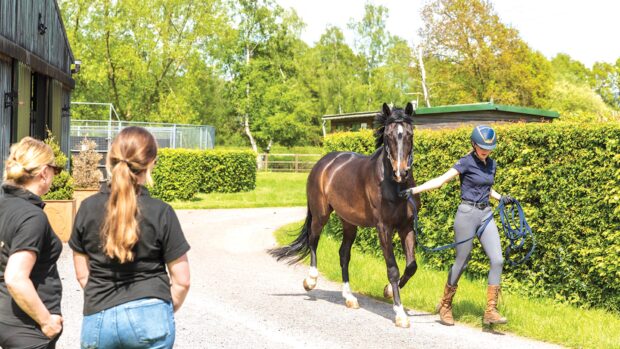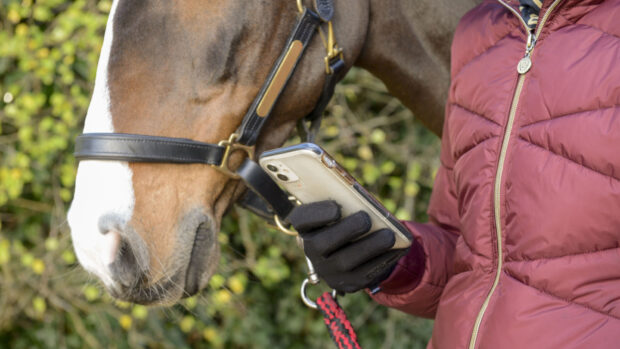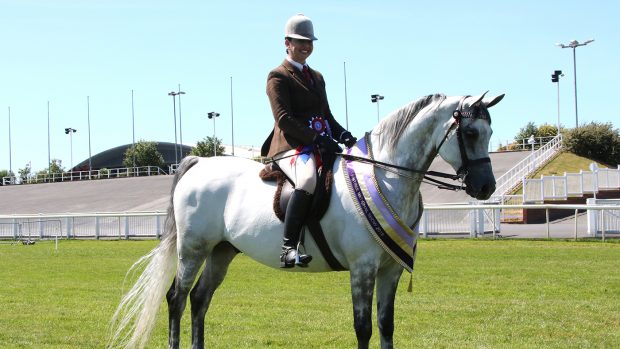View youngstock for sale
More articles on buying horses
Why buy a young horse?
For the right rider, a green horse provides an ideal opportunity to show off training methods and riding style, as he is a clean slate, untouched by another’s training.
Furthermore, the successful completion of a youngster is often the crowning glory of a rider’s career and the result of competent training methods learned over many years of hard work and education.
However, it is important to remember that a young, green horse is more in touch with his natural instincts than a trained horse, and the wrong rider can easily upset or spoil a promising animal through incorrect training methods, much more so than an older horse.
Charlotte Dennis, an endorsed young horse trainer of the Parelli Natural Horsemanship (PNH), says that young horses usually need experienced riders and handlers.
“Don’t fall victim to the romantic notion of a young person and young horse growing up together; it may not end up as you imagine. Green horses and inexperienced riders are usually a recipe for disaster.
“If you are lacking experience around horses, or have had time out from riding, steer clear of young horses as they usually need a little more time with a knowledgeable handler.”
Finding a future star
Assessing a young, green horse is not like looking at an educated horse. He may have only just been backed, or perhaps not at all. But there are ways to tell if a horse has the temperament that you desire.
Despite his lack of experience,there are certain things that a green horse should be:
- Sensible: Perry Wood, author of Real Riding, suggests evaluating the horse’s temperament through touch. “I like to see if a horse will let me touch him all over,” explains Perry. “I find that a horse who won’t let you touch him around the back end will often run off with you when he’s put under pressure. Similarly, you may find that a horse who is funny about his ears or muzzle tends to rear.”
- Willing: If the horse hasn’t been backed, you can assess what he will be like under saddle by hand-walking him. “If he’s nice and light on the rope, then he’ll probably be nice and light under saddle,” says Perry. “If he’s a thug to lead, then he’s probably going to be a thug to ride.”If he’s been backed, make sure he is happy to work and shouldn’t resist your aids.
- Put together well: Spend time accessing the horse’s conformation and way of going in hand and if possible under saddle. Correct conformation and movement, plus temperament, are vital, especially in a young horse.
Don’t get too emotionally involved with a young horse. Be aware that buying a young horse is a gamble, and there’s always the possibility that you will end up selling your horse on and starting again if he doesn’t show talent for the discipline you prefer.
View youngstock for sale
Looking for more articles on buying horses?
Buying a new horse? Compare insurance prices at horseandhound.co.uk/insurance



